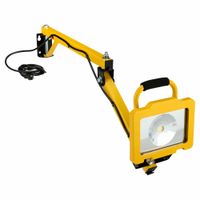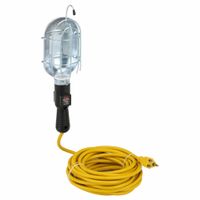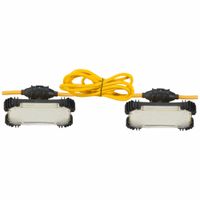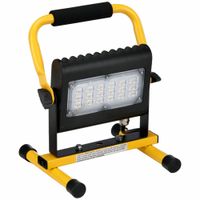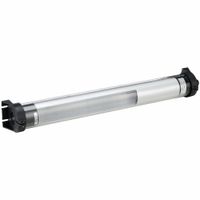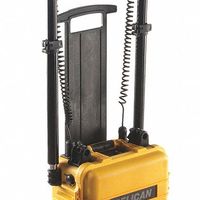Task & Jobsite Lighting
Task and jobsite lighting offers temporary illumination to brighten unlit spaces and supplement general lighting for construction, assembly, maintenance, and other work. Hand lamps spread light over a wide area when hung by their hook or magnet, or they direct light like a flashlight when held by ha .....Read More
Frequently Asked Questions
What are the best types of jobsite lighting for construction sites?
How do I choose the right task lighting for my workspace?
What are the benefits of using LED lights for jobsite illumination?
How do 360-degree jobsite lights work?
What is the difference between hand lamps and jobsite lights?
How can I ensure safety when using temporary lighting on a jobsite?
What are the advantages of remote area lights for outdoor events?
How do I install hanging and string lights for temporary lighting?
What features should I look for in a good workstation task light?
How do magnifier lights help in detailed work tasks?

